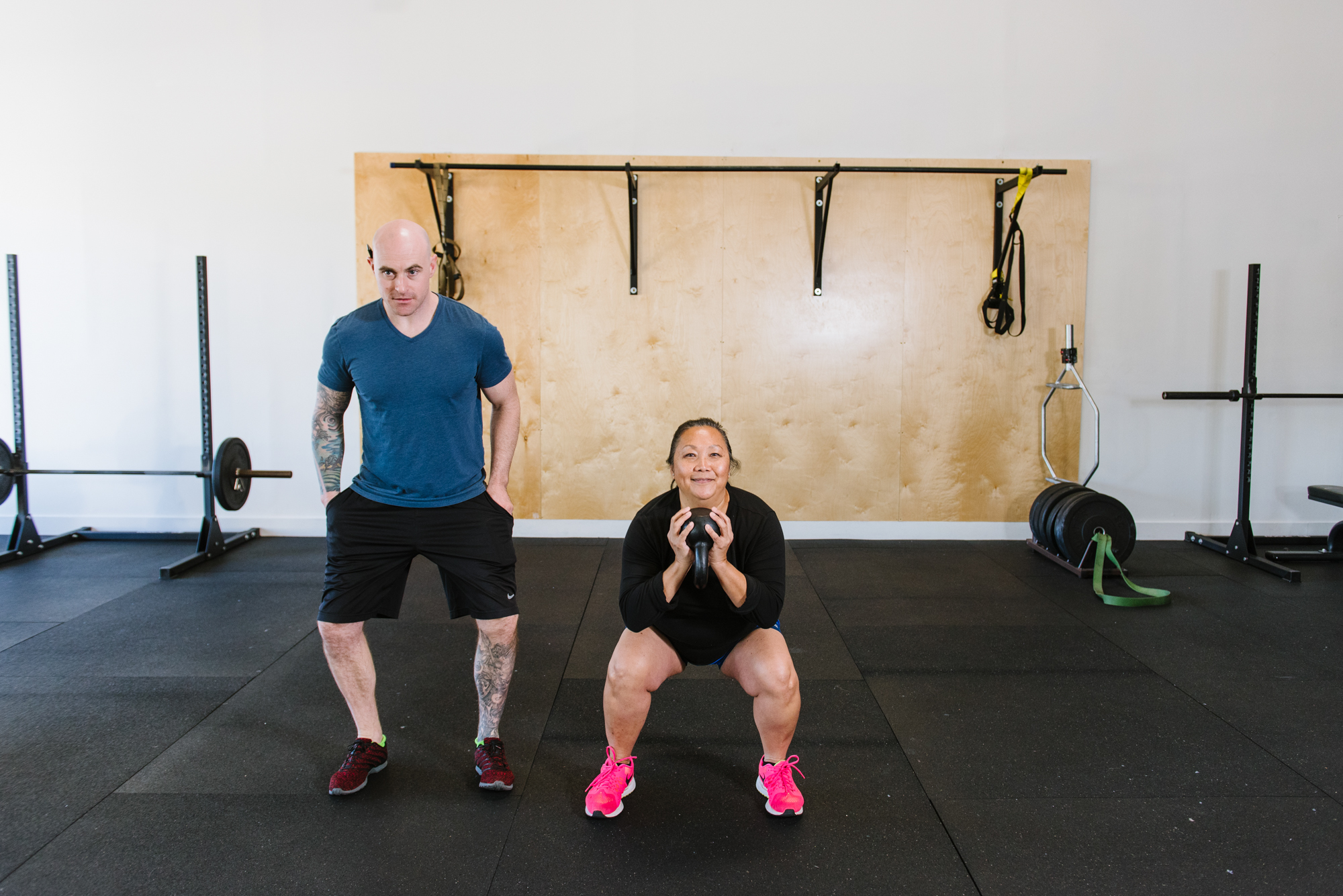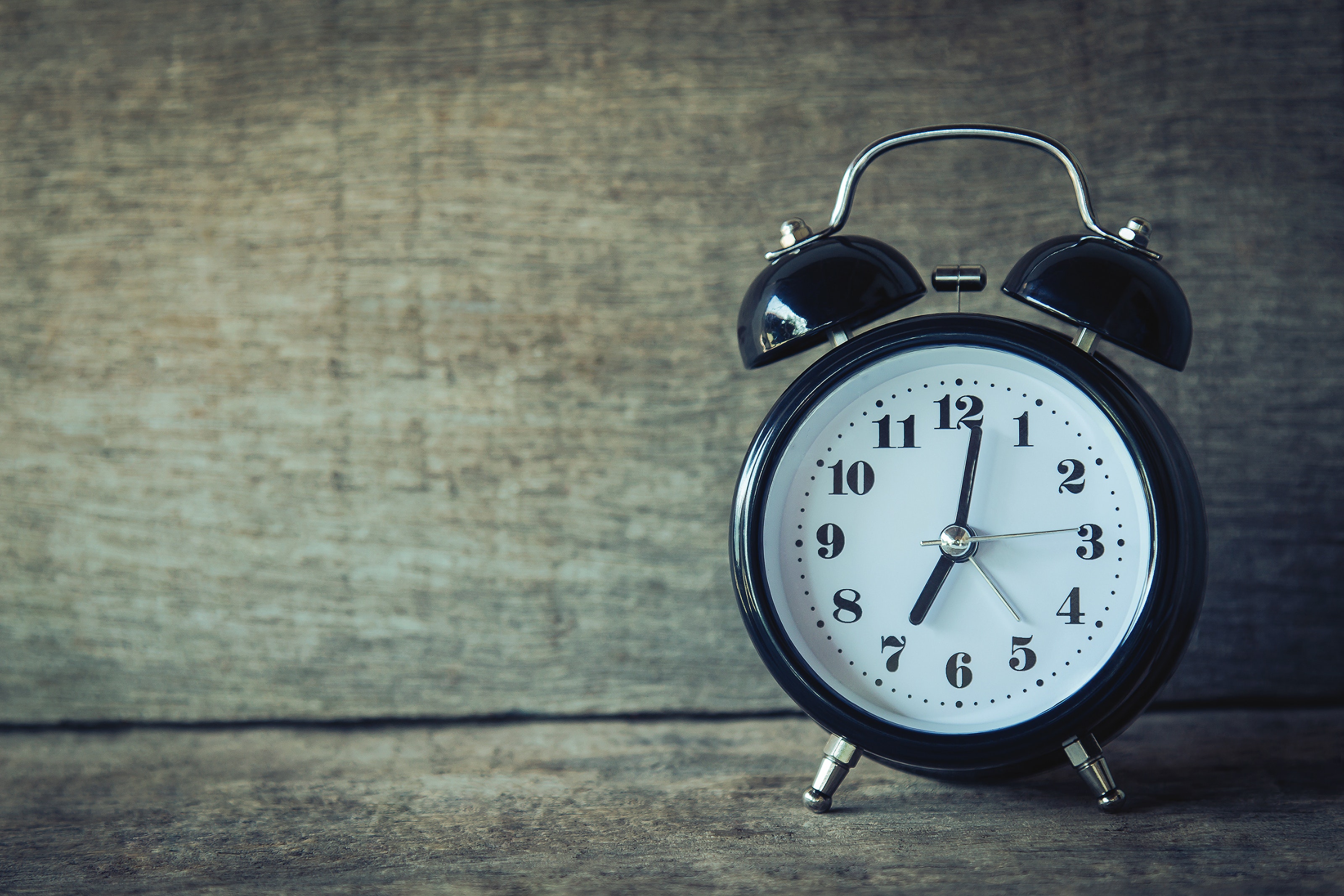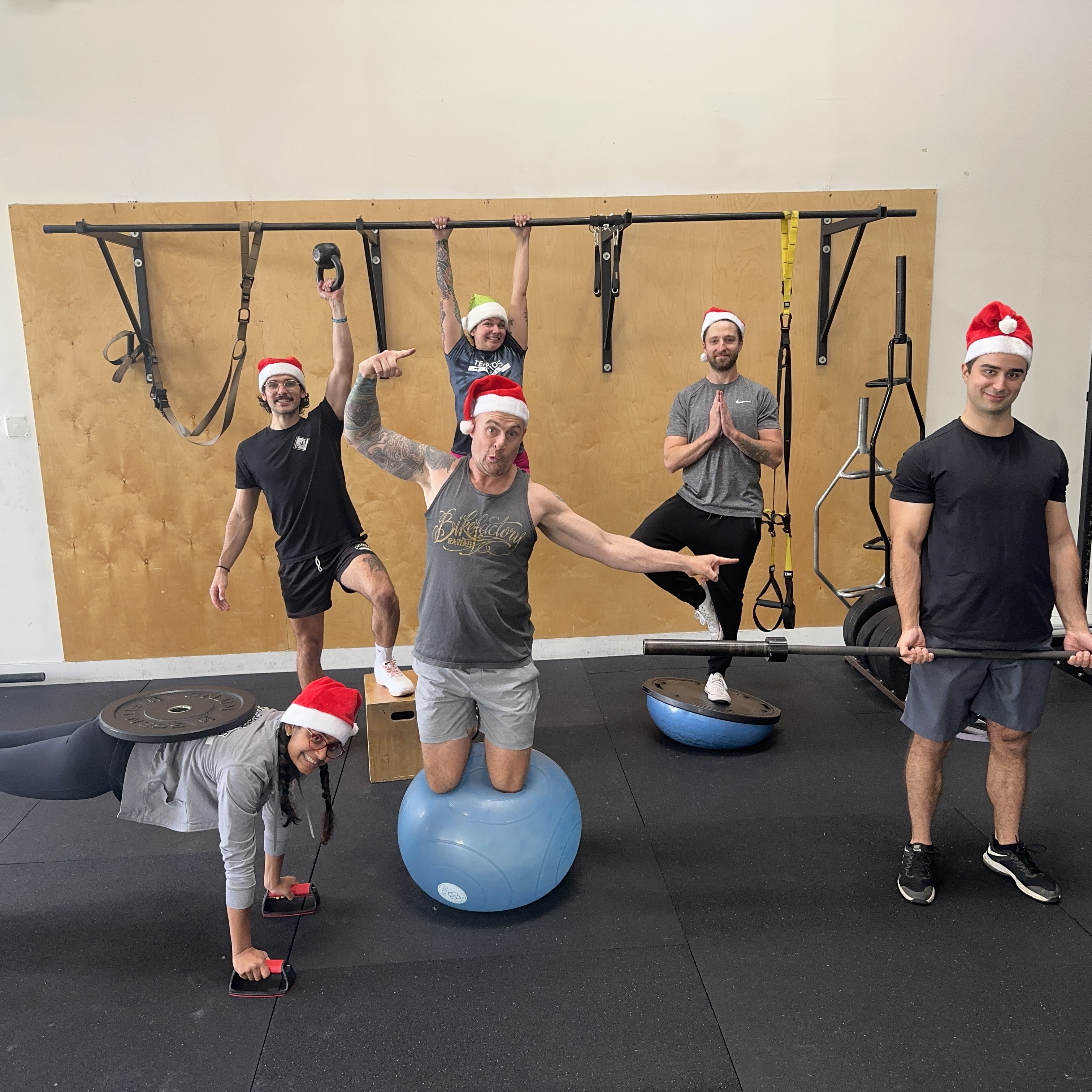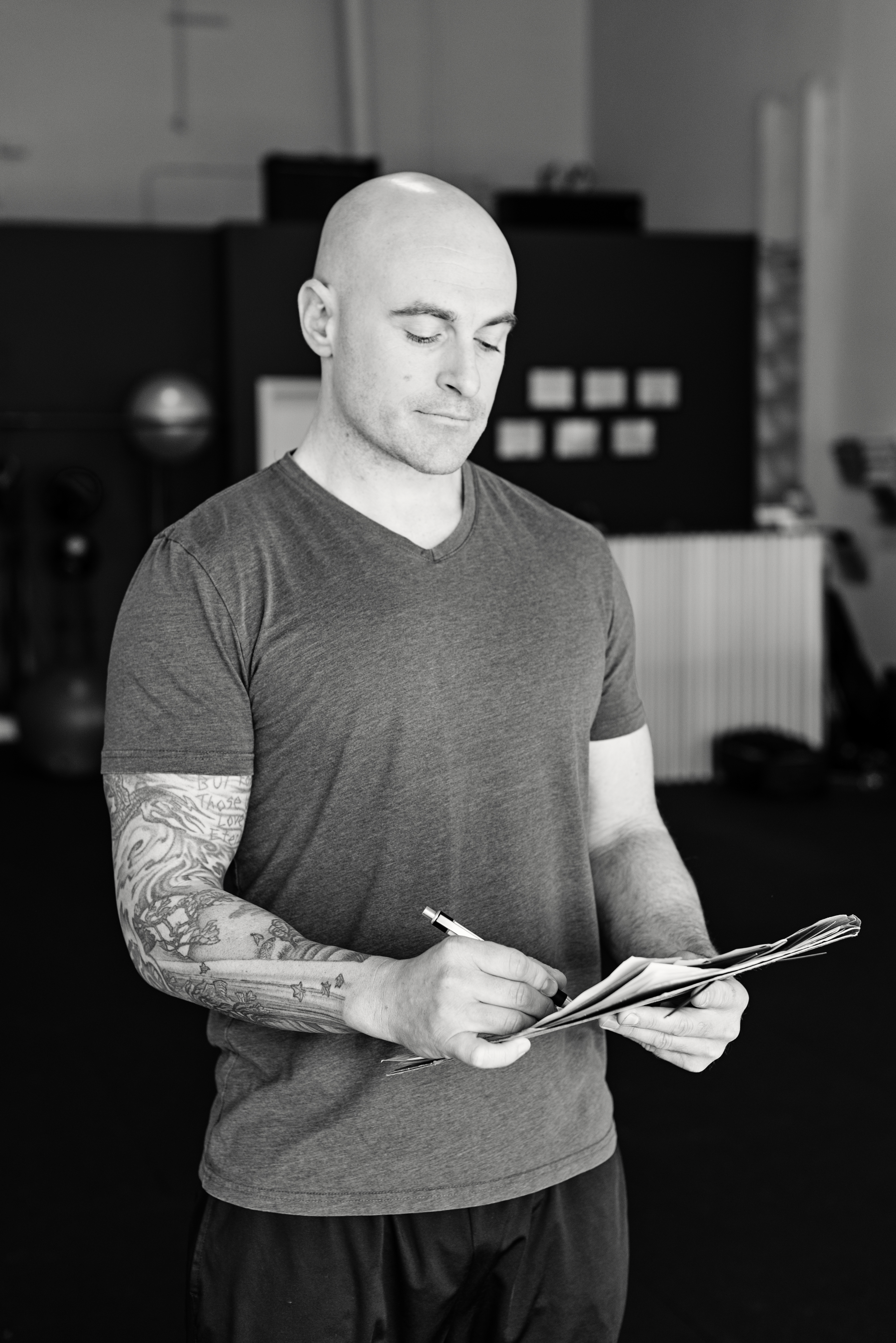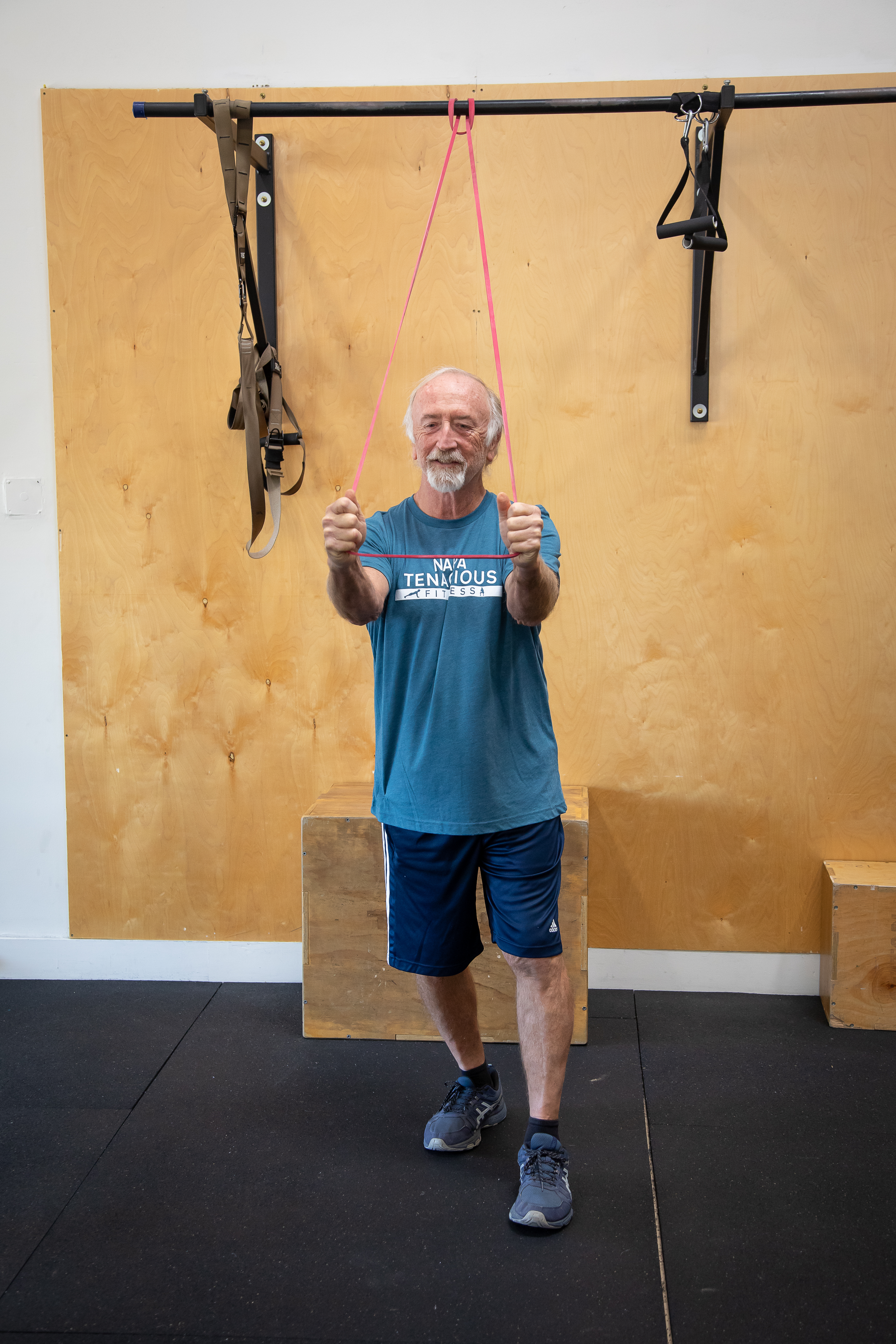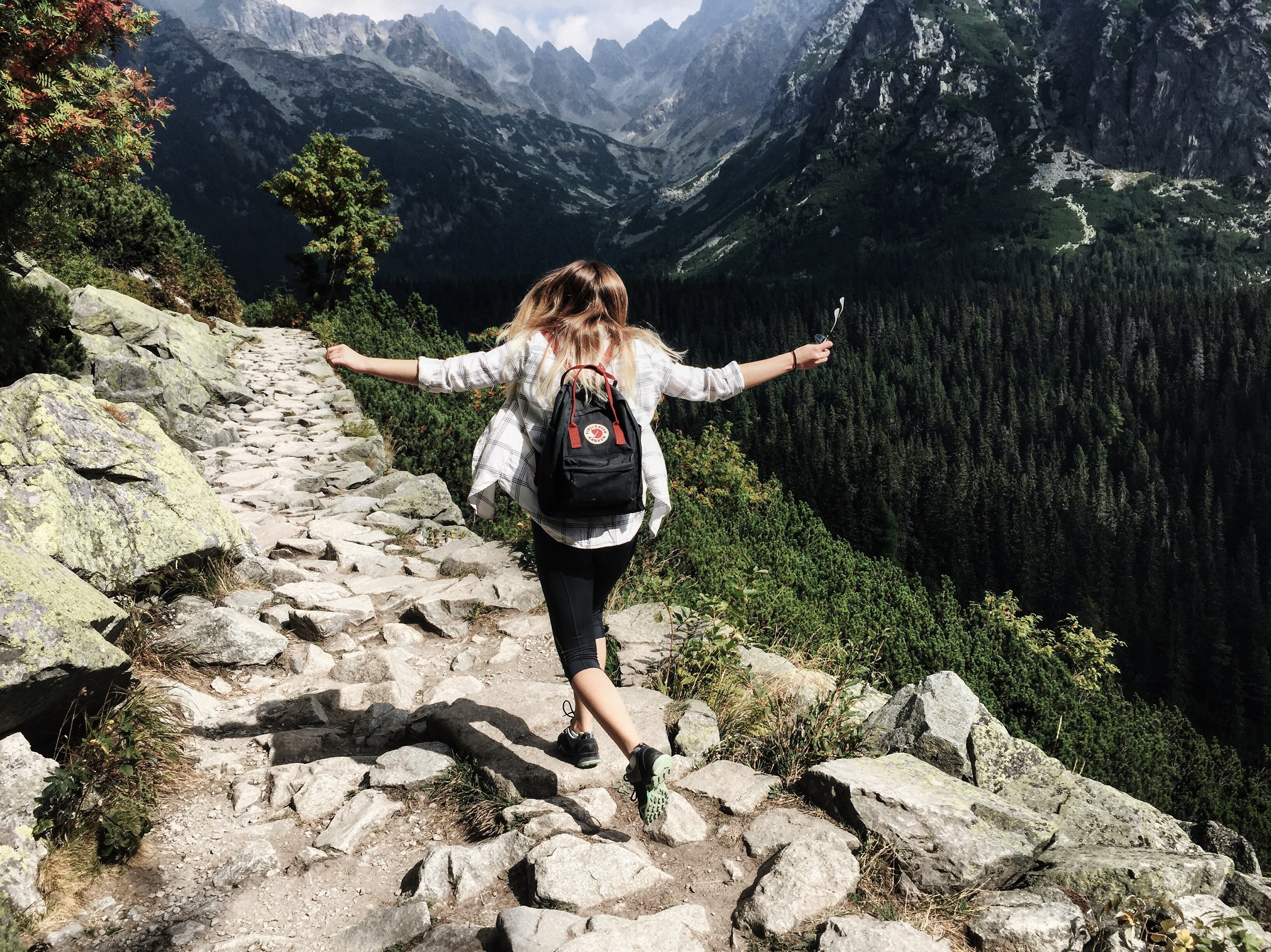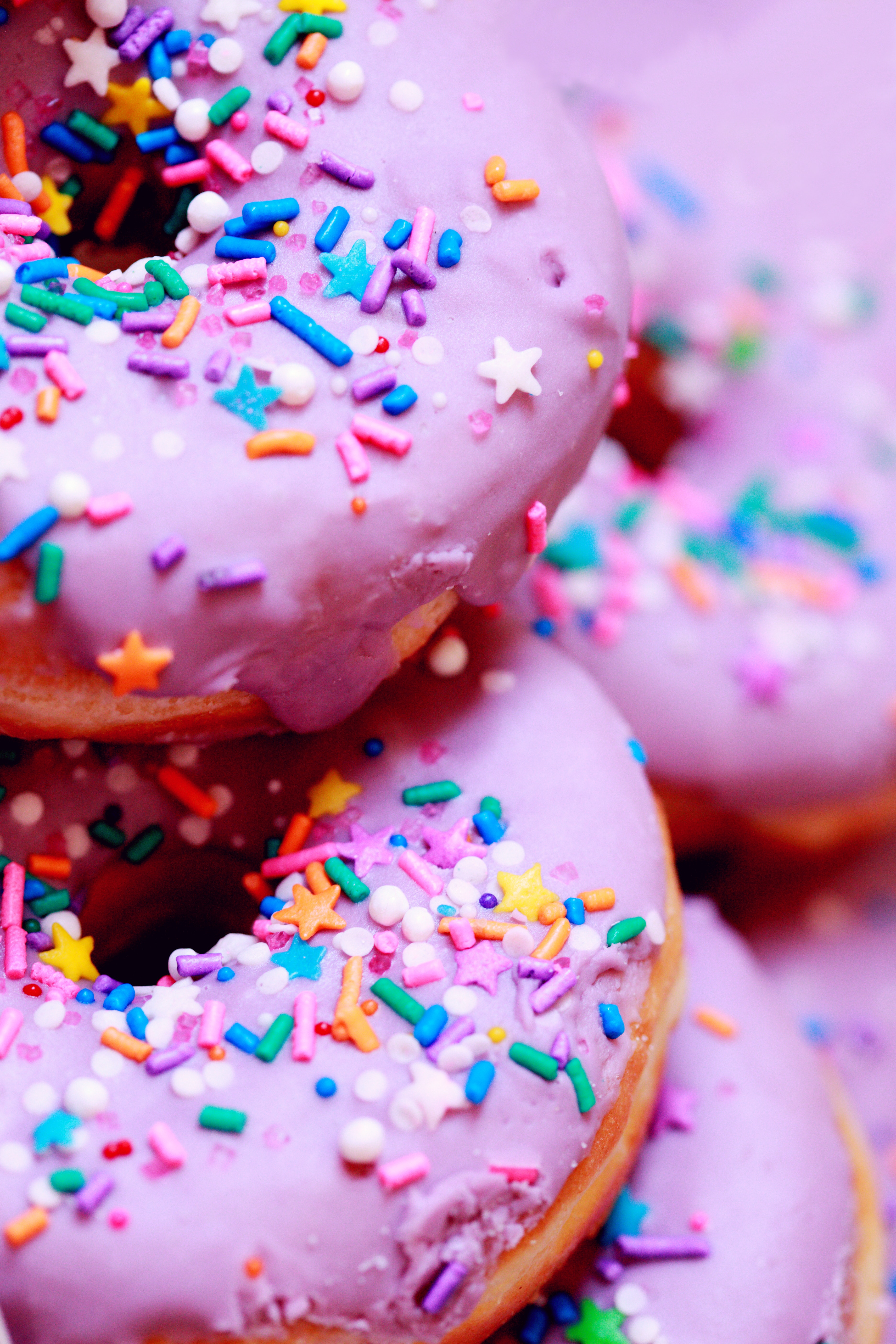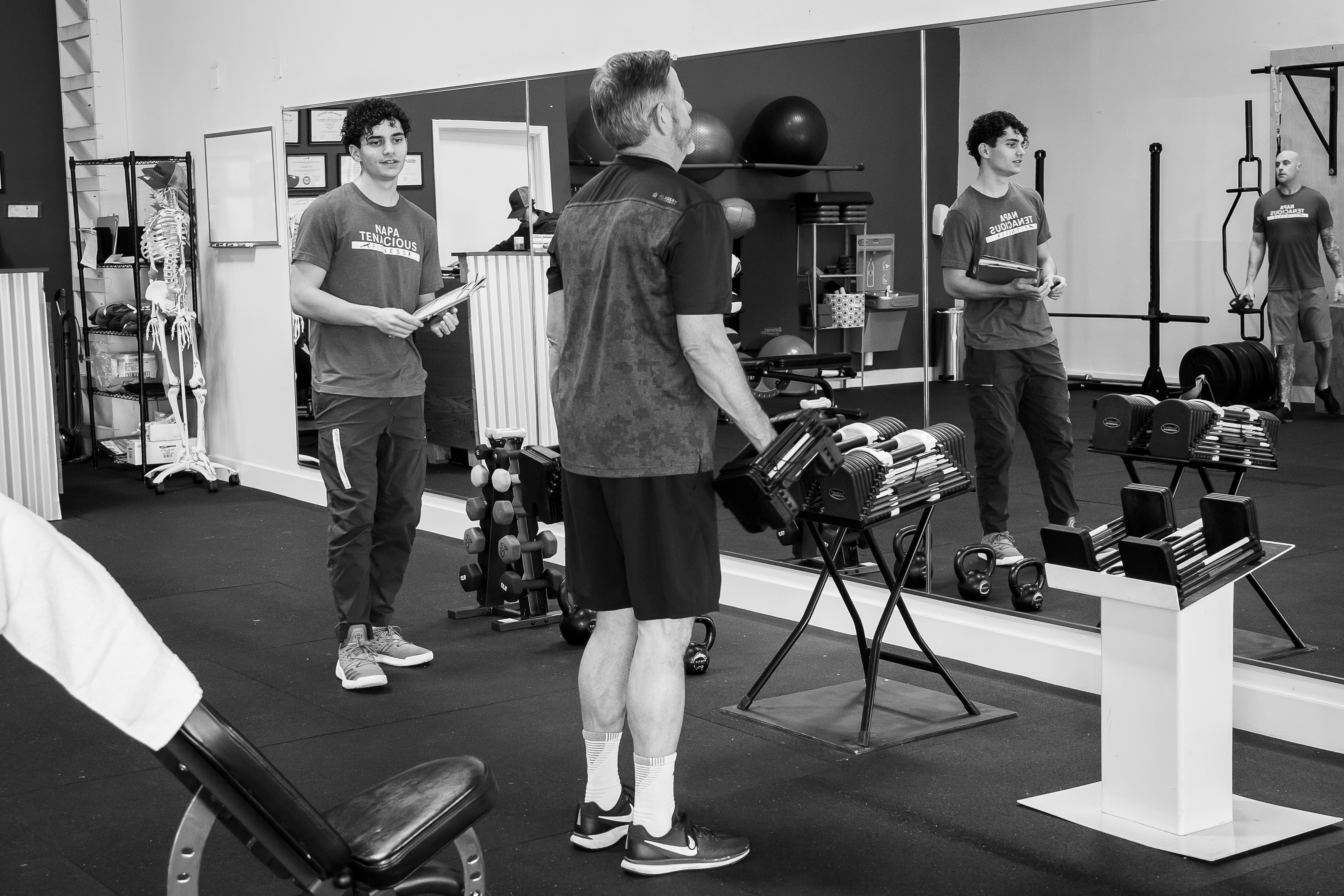The eventful, yet restful holiday season is coming to an end. The lights encompassing houses illuminating streets will be taken down. The Santa Claus, reindeer, and snowman decorations at grocery stores prepare to enter hibernation in a storage shed until next year. Holiday music and classic television shows convert to normally scheduled programming as we approach New Year’s Eve.
December 31st usually brings about a sense of nostalgia and overwhelming excitement. As boisterous New Year’s Eve parties and street celebrations occur worldwide, this exuberant day of the year filled with decorated streets, confetti on the ground, bottle caps popping off of sparking wine bottles, and fireworks bursting in the air at 11:59 PM signifies the start of a new calendar year. The words,:“2023 is going to be the best year ever,” motivate our society to adopt a more refined mission statement in their personal lives, careers, and outlook on self-care. As the new year approaches, many people adopt the practice of putting the previous twelve months behind them and embark on a new journey filled with goals, experiences, and never before obtained milestones.
Improving health is a popular topic for a new year’s resolution. This could be achieved by preparing for an outdoor journey requiring endurance to hike a mountain or trek long distances through foreign terrains. Another popular goal is training for marathons, bike rides, or backpacking expeditions. One of the most prevalent new year’s goals is to lose weight.
“This year, I’m cutting out sugar,” “I’m not drinking as much alcohol,” or “I’m giving up gluten” are a few themes we might hear from our peers when establishing their new year’s resolution. While all of these comments are effective in losing weight and refining our overall health, the steps it takes to achieve these goals don’t occur overnight. If the process involved in fulfilling these tactics were as easy as the less than ten-word mission statement, we’d all have the physiques of Greek gods.
Losing weight requires a significant amount of discipline and adherence to healthy decision-making tactics. Big audacious goals such as training for a physically demanding expedition or mitigating vices responsible for impeding our dietary success positively impact our quality of life. However, let’s not forget a critically important theme in virtually every other aspect of life: what you get out of something is equal to what you put in. Perhaps focusing on simple yet effective tactics that can be repeated throughout the week, or even daily, can help attain these new year’s aspirations. Here are a few tactics to encourage simple and effective refinements to our dietary habits.
- Buy small packages of treat food: If we enjoy cookies, chips, or cheese on crackers, then have some. Just don’t go off on a bender. A helpful tactic in controlling the overconsumption of treats is to stay away from the sales and value packages grocery stores offer consumers. If weight loss is a goal, then purchasing a value size of Chips Ahoy and having that vessel easily accessible in your pantry isn’t going to help efforts to manage adherence to healthy eating habits. Instead, purchase only one treat item and ensure it’s of the smaller portion size. Focus on the quality of the treat, not quantity. You’ll consume less “guilty pleasure” food and prevent storing treat foods in your home within your arm’s reach.
- Consume veggies with at least one meal per day: The habit of buying vegetables and preparing them at dinner has countless positive effects for supporting weight loss efforts. For example, order a vegetable-themed dish while out to lunch is a valuable tactic in controlling the amount of food consumed while in a restaurant setting. Additionally, veggies’ fiber and water content aid in food absorption and movement through our digestive tract. The faster food is absorbed, the more nutrients our organs and connective tissue can utilize to fend off disease and regenerate connective tissue.
- Drink water first thing in the morning: After waking from six to eight hours of slumber, our bodies are dehydrated and waiting for nourishment. Drinking a sixteen-ounce glass of water immediately after waking is a simple and effective tactic to regenerate our bodies and start our metabolism too. Research supports the more hydrated our systems are, the more efficiently the body can metabolize calories. Additionally, hydration improves the amount of energy we have throughout the day as well. If we have more energy, we’ll be expending more calories for energy and storing fewer unused calories as subcutaneous fat.
New year’s resolutions are a powerful component of our culture that fuel motivation for people to better themselves. Lofty goals are essential to set a target for us to work diligently to achieve. However, let’s not forget the nuts and bolts that hold us together. By practicing the simple and effective tactics of consistency in dietary awareness, we can establish a solid foundation to achieve our new year’s aspirations.
Sean McCawley, the founder and owner of Napa Tenacious Fitness in Napa, CA, welcomes questions and comments. Reach him at 707-287-2727, napatenacious@gmail.com, or visit the website napatenaciousfitness.com.

